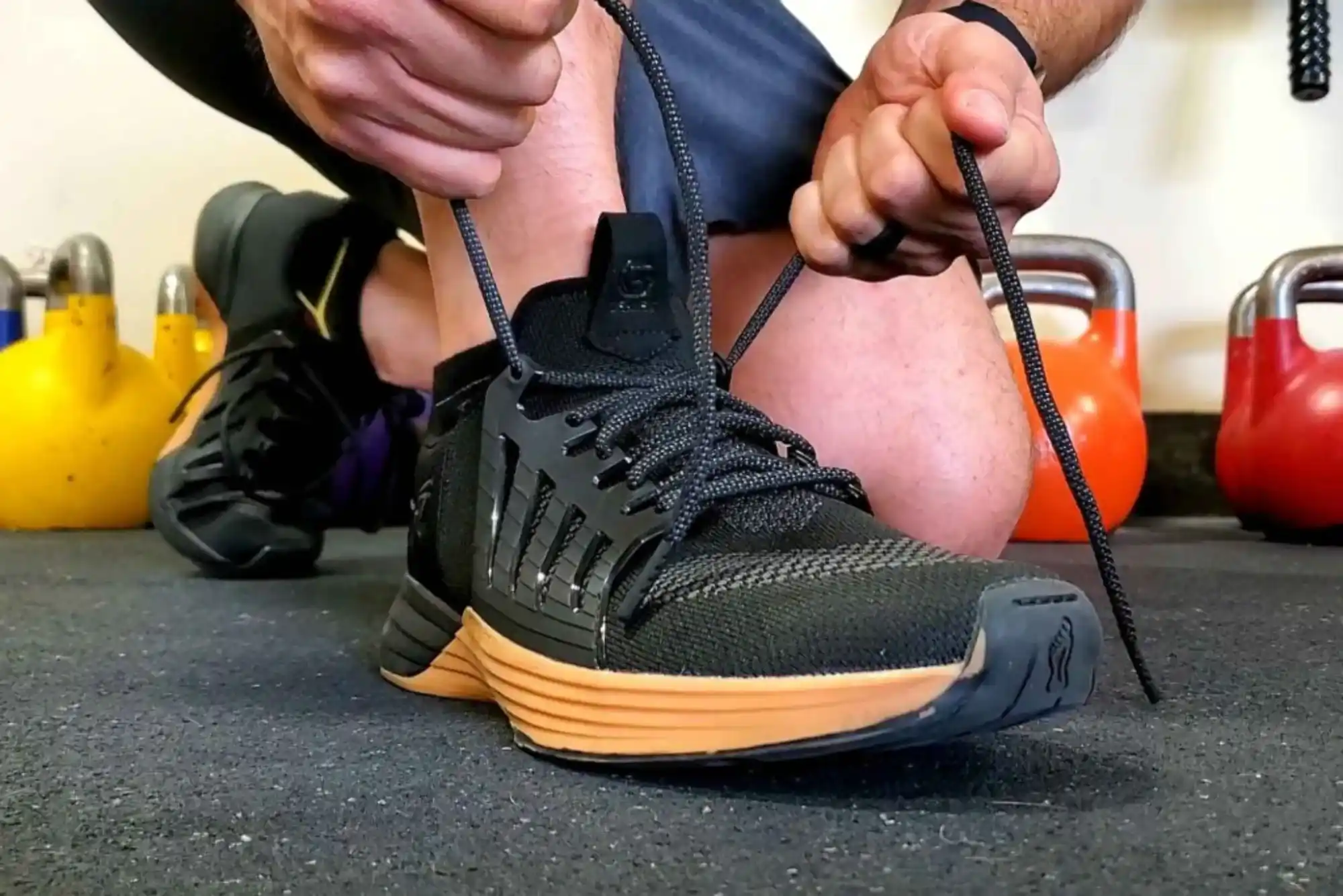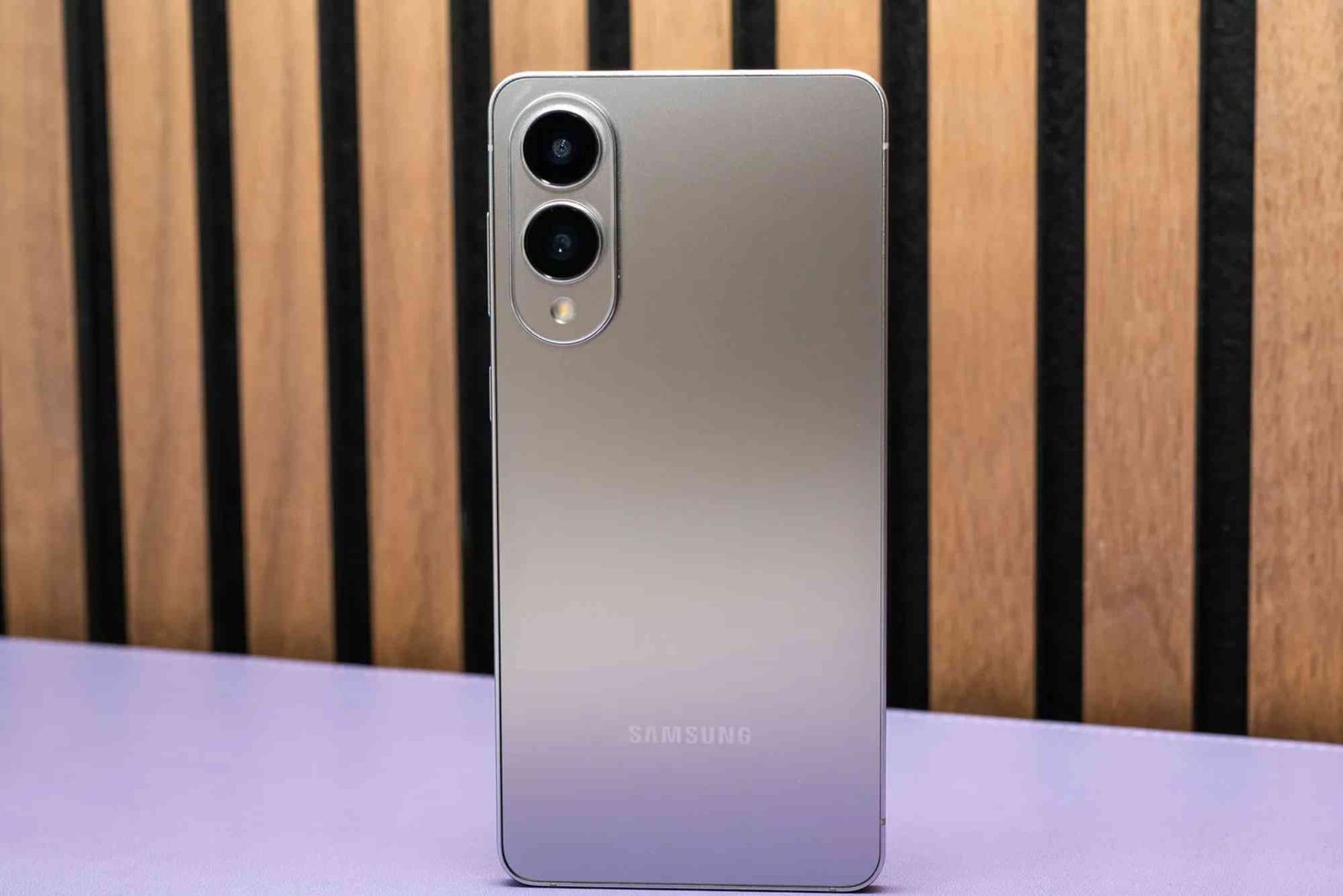Choosing the right shoe for gym workouts is crucial for optimizing performance, preventing injuries, and ensuring comfort. This guide delves into the essential factors to consider when selecting gym shoes, helping you determine which shoe is best for gym activities based on your specific workout routine and needs.
Understanding Your Workout Needs
The first step in selecting the appropriate gym shoe is to understand the nature of your workouts. Different exercises put different demands on your footwear:
Cardiovascular Exercises
If your routine includes running on a treadmill, cycling, or using the elliptical, you’ll need shoes with excellent cushioning and shock absorption. These activities involve repetitive impact, so adequate padding helps reduce stress on your joints and enhances comfort during prolonged workouts.
Weightlifting

For lifting heavy weights, stability is key. Shoes designed for weightlifting typically feature a flat, firm sole and minimal cushioning. This design provides a solid base, improving balance and helping to maintain proper form during lifts. Some weightlifting shoes also include a slight heel elevation to facilitate a more effective lifting posture.
High-Intensity Interval Training (HIIT)
HIIT workouts involve a mix of cardio, strength training, and agility exercises. Therefore, your shoes should offer a combination of cushioning for impact absorption and lateral support for quick side-to-side movements. Look for shoes that provide stability and flexibility to handle the diverse nature of HIIT exercises.
Importance of Fit and Comfort
The fit and comfort of your gym shoes are paramount for a successful workout. A well-fitting shoe prevents common issues such as blisters, calluses, and foot pain, allowing you to focus on your exercise routine rather than discomfort. Here are some key considerations:
- Toe Box: Ensure there is enough room in the toe box to accommodate foot movement. Shoes that are too tight can cause discomfort and even lead to foot injuries.
- Arch Support: Proper arch support is essential to maintain foot alignment and prevent strain on your feet and legs. Shoes with adjustable arch support or custom orthotics can help address specific foot arch issues.
- Heel Fit: The heel of the shoe should fit snugly without causing friction. Shoes that are too loose in the heel can lead to blisters and instability during workouts.
Cushioning and Support
Cushioning and support play a crucial role in determining the overall comfort and functionality of gym shoes. The type of cushioning and support you need depends on your primary workout activities:
- Cushioning: For activities that involve high-impact movements, such as running, look for shoes with ample cushioning in the midsole. Technologies like air or gel cushioning systems can help absorb shock and provide a comfortable ride.
- Support: Stability shoes are ideal for activities that require lateral movement and balance, such as weightlifting or HIIT. These shoes typically feature a firmer midsole and reinforced side panels to support the foot during dynamic movements.
Evaluating Durability
- Sole Construction: Shoes with high-quality rubber or synthetic outsoles offer better traction and longevity. Reinforced areas in the sole, especially in high-wear zones like the heel and forefoot, contribute to overall durability.
- Upper Material: The upper part of the shoe should be made from durable materials that can withstand stretching and abrasion. Mesh or synthetic fabrics are commonly used for their breathability and strength.
Types of Gym Shoes

- Running Shoes: These are engineered with features like cushioning, shock absorption, and breathable materials. They are best suited for activities involving repetitive foot strikes and forward motion.
- Cross-Training Shoes: Versatile and durable, cross-training shoes are designed to handle various types of workouts. They provide a balance of cushioning and stability, making them suitable for activities that involve both cardio and strength training.
- Weightlifting Shoes: These shoes offer a flat, stable sole and often have a slight heel elevation to improve lifting posture. They are specifically designed to support heavy lifting and provide a secure base.
- HIIT Shoes: HIIT shoes combine cushioning with lateral support to handle high-intensity, multi-directional movements. They are designed to provide comfort during explosive movements and quick direction changes.
Popular Brands and Models
Several brands are renowned for their high-quality gym shoes, each offering specific features tailored to different workout needs:
- Nike: Known for its innovative cushioning technologies, Nike offers a range of shoes designed for running, cross-training, and more. Models like the Nike Air Zoom series provide excellent comfort and support.
- Adidas: Adidas shoes are recognized for their Boost cushioning technology, which offers responsive comfort. The brand’s range includes options for running, training, and weightlifting.
- Reebok: Reebok’s CrossFit shoes are engineered for high-intensity training, providing durability and support for varied movements. Their shoes often feature strong traction and lateral support.
- Under Armour: Under Armour focuses on performance and comfort, offering shoes designed to meet the demands of various gym activities. Their models are known for their lightweight construction and supportive features.
Maintaining Your Gym Shoes
Proper maintenance can extend the life of your gym shoes and keep them performing at their best. Regularly clean your shoes to remove dirt and sweat, and allow them to dry thoroughly after each use. Avoid exposing them to extreme heat or direct sunlight, as this can damage the materials. Additionally, rotating between different pairs of shoes can help reduce overall wear and tear.
Selecting the right gym shoe involves assessing your workout needs and choosing a shoe that offers the best combination of fit, cushioning, support, and durability. By understanding which shoe is best for gym activities based on your exercise routine, you can enhance your performance, comfort, and overall workout experience. Whether you need cushioning for running, stability for weightlifting, or versatility for HIIT, finding the right shoe will support your fitness goals and contribute to a more enjoyable gym experience.




